Press
Card penalty fees drop again, but only slightly in 2014
(January 28, 2015) — Penalty fees paid by consumers last year took another dip. After rising predictably year/year for most of the last decade, 2010 saw the first penalty fee decline, down from $22.9B to $22.5B, with 2011 showing a further drop to $19.4B, 2012 dropping again to $17.8 B, 2013 falling to $12.0 B, and now 2014, at 11.7 B, according to the R.K. Hammer Card Penalty Fee Index, the lowest level since Hammer began tracking such fee trends. This is the fourth in their weekly series of eight year-end card trend papers, each one covering a different financial, marketing or operational card metric.
CREDIT CARD PENALTY FEES – ANNUAL REVENUE EST.
- 2014 $11.7 Billion
- 2013 $12.0 Billion
- 2012 $17.8 Billion
- 2011 $19.4 Billion
- 2010 $22.5 Billion
- 2009 $22.9 Billion
Source: R.K. Hammer/Card Knowledge Factory® 2015
The Research and Analysis division at R.K. Hammer (known as the Card Knowledge Factory®) calculates fees paid by card members in the following categories: late fees (the vast majority…90%+ of the total), over limit fees (which took a dive the last 3 years due to legislation on opting-in requirements) and NSF fees and currency conversion fees. “Penalty Pricing” – the raising of APR’s for delinquent accounts – while a contributor to total income – is not taken into account for this calculation, as that would appear in the Interest Income category, not Fee Income.
Company Founder and CEO Bob Hammer stated, “Year-over-year growth of penalty fees hit a wall that remains starting five years ago, largely due to aggressive new regulations. However, as the card industry necessarily continues to look for ways to boost fee income, new fees where none existed before will be implemented. We know of no card issuer not presently weighing its fee pricing options or implementing higher/new fees, where permissible; by how much and how soon, of course, varies widely by issuer and their respective strategy. Some who opt not to raise fees are looking to cement card member relationships and raise card member satisfaction levels.”
“Six years ago, about the time that the economy was tanking and new card legislation was emerging, we predicted ten areas where some issuers would likely consider charging or raise existing fees; six of those ten have already been implemented by some card organizations: customer service call fees (after some threshold number are exceeded in a given billing cycle, especially for subprime accounts); raising the cash advance fee to as high as 5% (and with no $ cap); inactive account fees (or closing those accounts); delinquent payment “default pricing” (to as high as 30% APR); second card or replacement plastic fees; and fees for receiving paper statements (waived under certain deposit balance level minimums or debit activity usage levels).”
“Moreover, not everyone has the same objectives for their card business. Importantly, those issuers who choose not to enhance their fee-based pricing may perceive better card member loyalty and satisfaction ratings, but they do so at the risk of lower profitability than would otherwise be possible. For those who choose to offer the product line as a member benefit and not a pure profit center, the decision not to fully price the product may help achieve that corporate objective. It is a two edged sword, a thin tightrope one walks when deciding whether to raise fees on card members or not.”
“What is still on the horizon for those in the card space and much less certain are to what extent the CFPB will exercise its new regulatory and oversight powers and suggests even more changes to the industry. It is R.K. Hammer’s take that the odds remain vanishingly small that no more changes will occur for us in the card business. Much of what we see lately is a review of marketing tactics, and whether FI’s actually deliver what was promised in the pitch, and how it was promised to be delivered.”
Every card issuer would therefore be very wise to do their own similar internal compliance due diligence review, asking the key question, ”With every product or service we supply to a card member is what we deliver exactly what we promised, and how we promised providing it.” Not doing this risks incurring the oversight intrusion that frankly could have been easily avoided.
For more complete information on penalty fees, and specific amounts cards issuers earned last year for each type of fee, go to cardknowledgefactory.com
About R.K. Hammer
R.K. Hammer is a leading international card consultancy. Founded by CEO Bob Hammer in 1990, the firm conducts fairness opinions/valuations and portfolio sales, serves as expert witness for card issuers in litigation, and provides interim card portfolio management and general best practices consulting. Nineteen of the top twenty major financial institutions have been clients of R.K. Hammer, plus card companies in 50 countries on six continents. Hammer has personally trained over 1,000 credit card executives throughout the globe in the past twenty years, mainly through his 3-day workshop for bankers and card executives, “Managing for Improved Profitability,” held at 32 international locations. The R.K. Hammer year end series of industry trends and key metrics are published weekly each January, with details available at rkhammer.com and cardknowledgefactory.com
